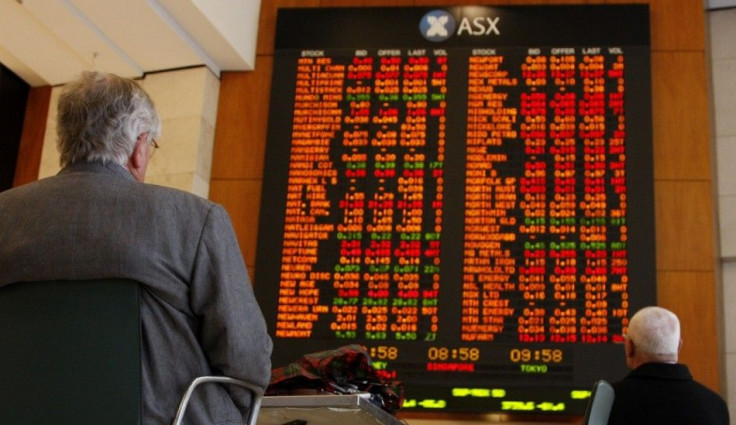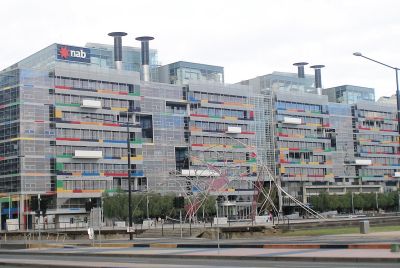Australian companies at crossroads as problems of economy show up in numbers

With three quarters of Australia’s top 200 corporations having reported earnings results for the 2014/15 financial year, the burden of local economic problems are showing up in their numbers. This also includes the impact of slowdown in China’s economy as China happens to be a major trading partner. According to CommSec chief economist Craig James, “it has been hard work for companies.”
Dipping profit
Analysing the results, the economist said combined profits of 143 companies have dropped one-third to AU$35.9 billion, compared to 2013-14 fiscal year. Miners and energy producers were the worst hit, faced by the vagaries of plunging commodity prices, even as retailers and property developers gained from the improving consumer spending and rising demand for housing, noted James.
However, shareholders were largely unaffected as dividends were more or less stable due to sound financial health of companies. But the economist observed that the numbers are showing an underlying stress in making revenue. James is sure that “Corporate Australia is at the crossroads.”
The economist noted that “earnings have been hard to generate in the past year, and if anything this is likely to continue. Australia's economy grew at a below-average rate of 2.3 percent in the year to March, and stats show a further slowing to 2.2 percent in the year to June.”
Adding to the problem of revenue are China’s economic woes as they grapple with the challenge of managing economic growth that is looking like missing the targeted seven percent. "China is rebalancing away from production to consumption, but at the same time the Indian economy doesn't seem poised -- at least not yet -- to go down the Chinese path,” James said.
Some of the best and worst results reported by AAP include ;
- Qantas surged from AU$2.8b loss to a remarkable profit of AU$560m.
- JB Hi-Fi exceeded expectations and promised further growth.
- Pacific Brands cut loss and showed more improvement.
- Stockland's profit jumped 71 percent on strong housing demand.
- Seven West Media's loss expands to AU$1.9 billion after TV write downs.
- Origin Energy down sizes under low oil prices causing AU$658m loss.
- Fortescue Metals profit slides 88 percent.
James said earnings reports are also indicating that corporations are happy with status quo and increasing rewards for shareholders rather than making investments for future growth. He expressed the concern that if investments in expansion are halted, in the long run, that will pave way for more foreign takeovers. Japan Post's AU$6.5 billion takeover of logistics giant Toll Holdings and the AU$8.9 billion deal for ports operator Asciano by Canada's Brookfield infrastructure Partners are recent examples in acquisitions.
Quarterly indicators
Meanwhile, Australia’s economic fraternity is analysing Australia’s Q2 GDP results. According to a Reuters report, Australia experienced the slowest economic growth in two years over the second quarter due to a sharp fall in export volumes that knocked the Australian dollar to its lowest in over six years.
The Australian Bureau of Statistics announced that Australia’s gross domestic product expanded by 0.2 percent in the second quarter, and recorded a drastic downfall from the solid 0.9 percent of the previous quarter. This was the lowest ever quarterly pace since the first quarter of 2013.
For feedback/comments, contact the writer at feedback@ibtimes.com.au or let us know what you think below.





















